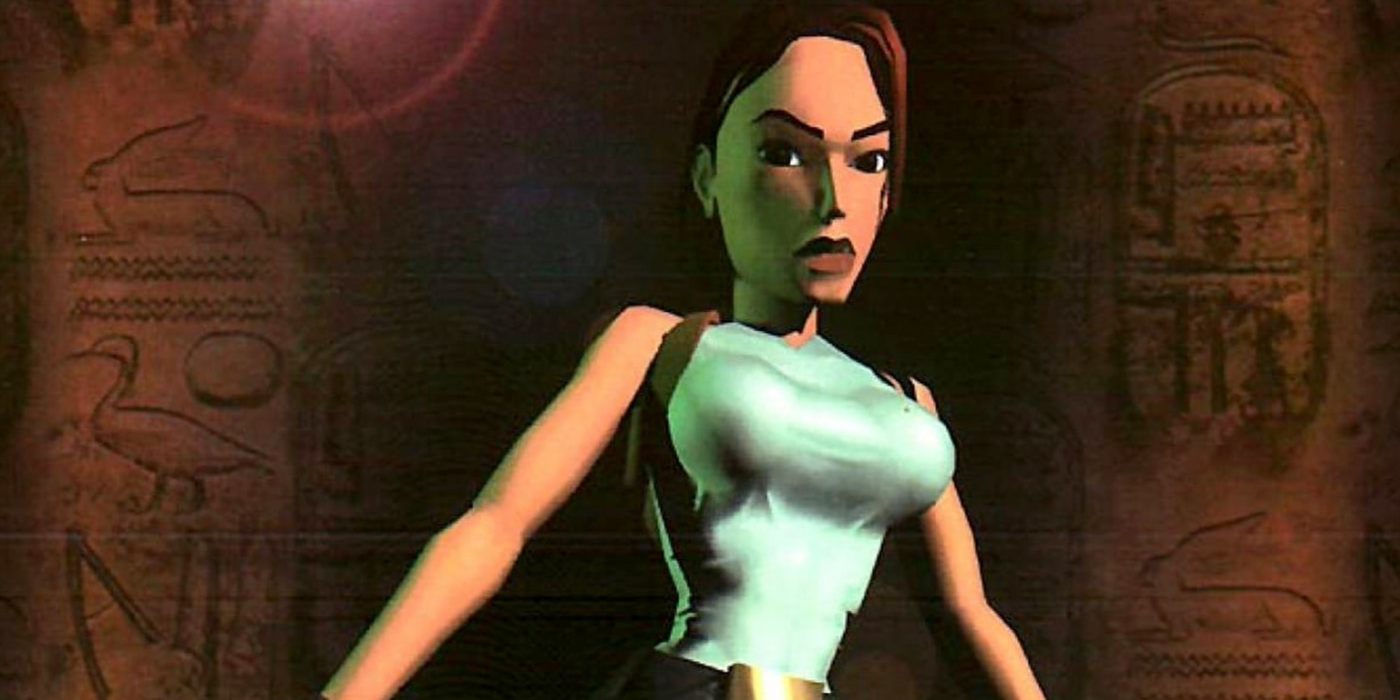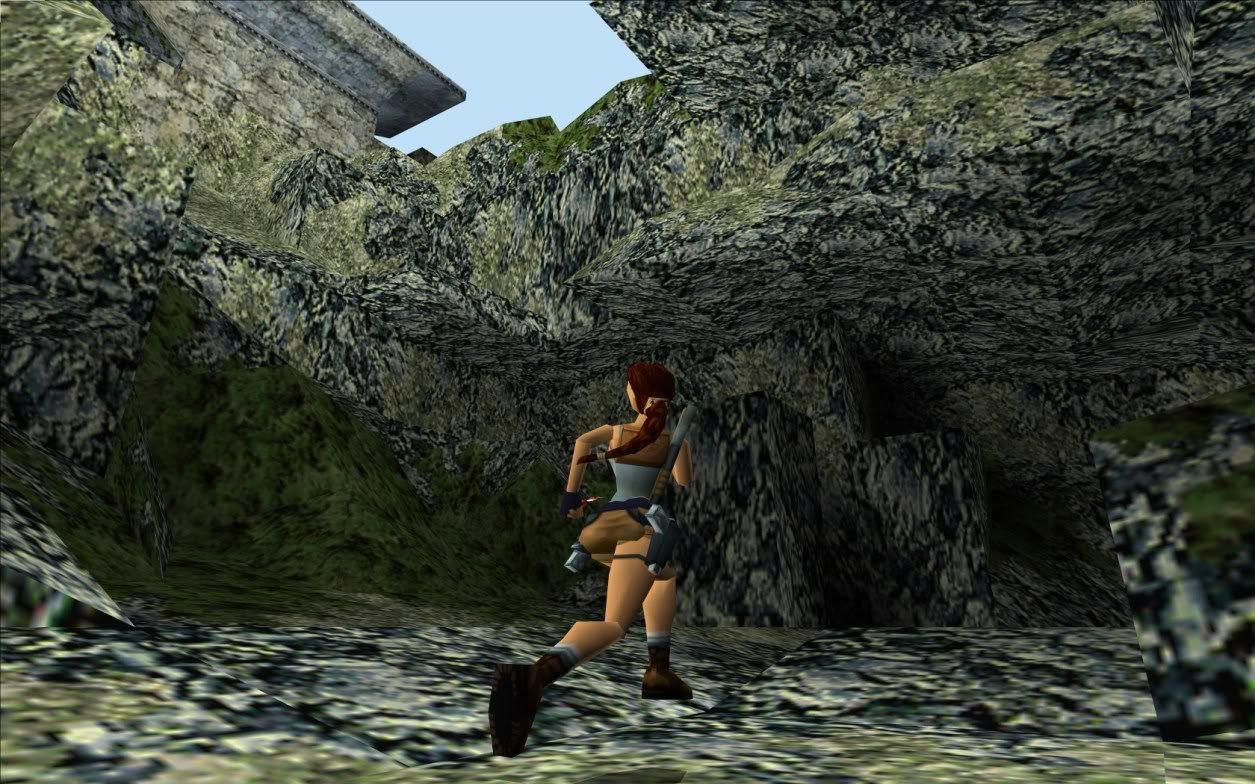On Friday, October 25, 1996, Tomb Raider was released in Europe on the Sega Saturn. The game starred a British female archaeologist named Lara Croft, who is hired by businesswoman, Jacqueline Natla to recover pieces of an artifact called the Scion. It was an instant hit, with many reviewers praising the atmosphere, controls and puzzles, and heralded it as a revolutionary title. After the release of the PlayStation version, which received slight graphical and technical improvements over the Saturn original, the title went on to sell over $7 million units worldwide. Tomb Raider was a bonafide hit.
Flash forward to today, and it's been a year since the release of the last Tomb Raider game, Shadow of the Tomb Raider. Since then, the series has fallen into a bit of limbo with the trilogy of reboot titles finishing and no future plans to continue it. The series' anniversary is now upon us and there are, strangely, no celebration plans, upcoming news or announcement of any description to be had.
RELATED: Tomb Raider Sequel in Development with MGM & Warner Bros.
Going back to the original title, it, like many games during the 5th generation of consoles, has not aged well. Yet, there's still a lot in the game that can be appreciated as much of the design of it has so clearly had an influence on games today. So, let's take a look back at the first game in the Tomb Raider franchise and examine its legacy -- both the good and the bad.
Let's cut to the chase: If there's one aspect that just screams out at you as having aged poorly, it's the graphics. It may have been groundbreaking at the time and unlike anything people had seen before, but nowadays, it's not pretty to look at. The color palette of the game features very few bright colors, going for a more muted and muddy palette that was meant to convey realism but instead just makes many of the locations look visually repetitive.
In addition to the colors, the textures are extremely low res, which, while being a necessity due to the hardware, just doesn't look good. The game is also an early one in the PlayStation's life and there are a lot of graphical hiccups in the visuals. A lot of cracks in the floors and walls can be seen where the polygons weren't properly connected and sometimes they just flash out of existence. In a lot of ways, the game looks like its time. Revolutionary for games without any clue to what they're doing.
Graphics, however, can be overlooked especially when the game is so much fun. Unfortunately, Tomb Raider was developed during a time when people didn't know how to control characters in an open 3D space. As such, Tomb Raider decided to go with a slightly modified version of tank controls. The movement is a bit smoother to control compared to the tank controls of games like Resident Evil, but it still consists of "up" always moving you forward and "left" and "right" turning you in that direction. Luckily, the camera is always behind you (mostly) so the controls don't feel as clunky as others with tank controls but it's tank controls nonetheless.
The industry as a whole moved away from tank controls for a reason and this is a good example. Combat can feel really clunky with them, making dodging attacks is next to nigh impossible. Thank goodness for the auto-aim or shooting anything would be impossible as well.
RELATED: Shadow Of The Tomb Raider Looks Like It's Getting A Definitive Edition
But that's enough of the negatives. For as bad as the game may look and control, there are a lot of positives to go around. If you can get over the visuals and the controls (and you can, the game is still playable), the atmosphere is top-notch. It may seem strange to be playing a game with no music playing in the background but it actually adds to the tension and sense of isolation that comes with exploring these long-deserted areas. For the areas that do have music, it is often used to give an extra bump to the action on-screen or enhance the discovery of a new area. There's also the little jingle that plays whenever you find a secret area. The soundtrack, for as scarce as it may be, is great and it especially has a rather high fidelity to it.
The best and most influential part of the game is actually just the format itself. Tomb Raider is a lot like Mega Man on paper. You jump around a level filled with obstacles, you have a gun and enemies that take more than one hit of damage, and there are secrets around to be found. However, the series seems to have taken a lot of influence from cinematic platformers, such as Flashback or Prince of Persia. Movement is meticulous rather than instantaneous, and Lara has the ability to climb and hang from ledges, increasing what kind of platforming is possible.
However, a lot of the obstacle course aspects of platformers are also toned down in favor of puzzles and semi-non linear progression. Rather than just getting to the end, reaching the exit in Tomb Raider is more objective-based. Find this key to open this door, solve this puzzle to advanced, so on and so forth. Tomb Raider's structure essentially wrote the blueprint for games like Assassin's Creed, Grand Theft Auto, Far Cry, Darksiders, Devil May Cry, and many other games that blur genre lines today.
That cannot be understated: Tomb Raider is one of, if not the first game with the modern era of game loop design. For that we should really try to remember all that this first game influenced. So, give Tomb Raider another playthrough or watch a Let's Play if it feels too antiquated for you -- you're bound to find a lot in this game that can also be found in today's games as well.



